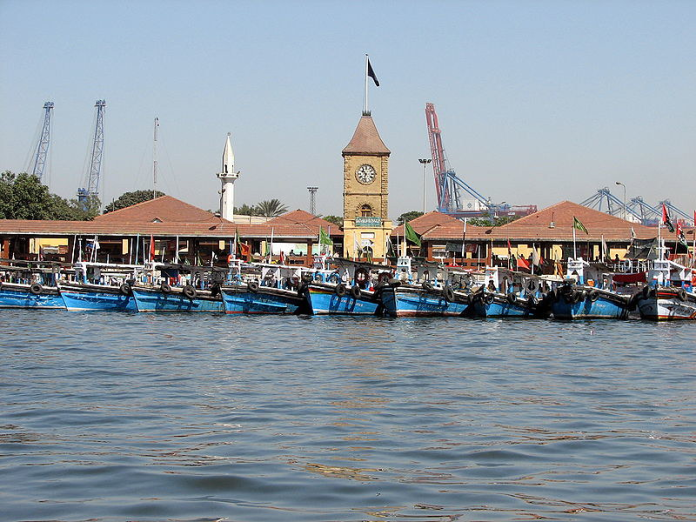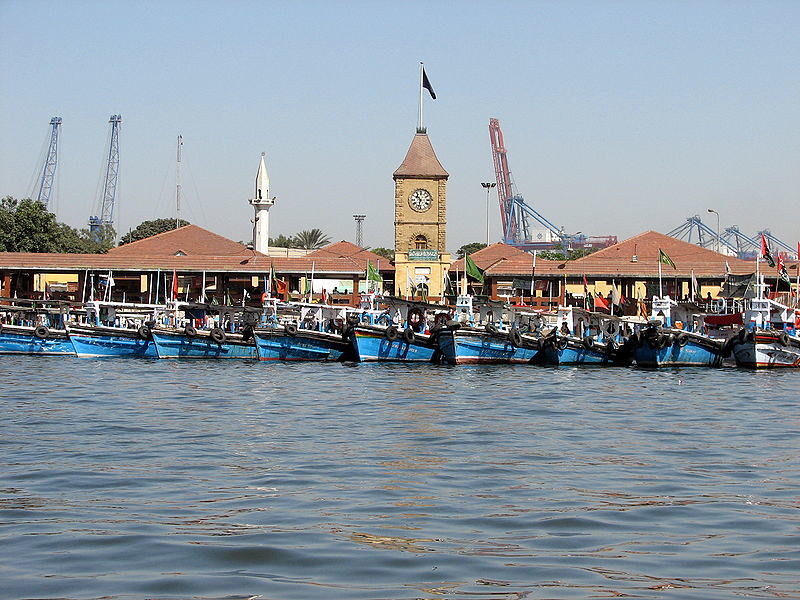
How does a city of over 20 million people endure a daily water shortfall of more than half a billion gallons while a flagship supply project languishes in bureaucratic limbo? Karachi’s K-IV water project, once heralded as a lifeline, now stands as a case study in the intersection of engineering ambition, political friction, and chronic underfunding.

1. A Project Mired in Delay and Escalating Costs
Incepted in the initial 2000s to output 260 million gallons per day (MGD) in phase one, the K-IV project was initially estimated at Rs25 billion. Gross mismanagement and shoddy design put the work to a halt in 2018 at a paltry 20 percent. After the WAPDA takeover in 2021, a redesign put the cost at Rs126 billion, which went up to Rs156 billion after the hike in material costs. Now, with 63 percent work completed, WAPDA points out that the 2026 deadline becomes unachievable without ongoing funding. At Rs40 billion required for the remaining works, the federal component is just Rs3.2 billion, resulting in stoppages at filtration plants and pipeline sections.
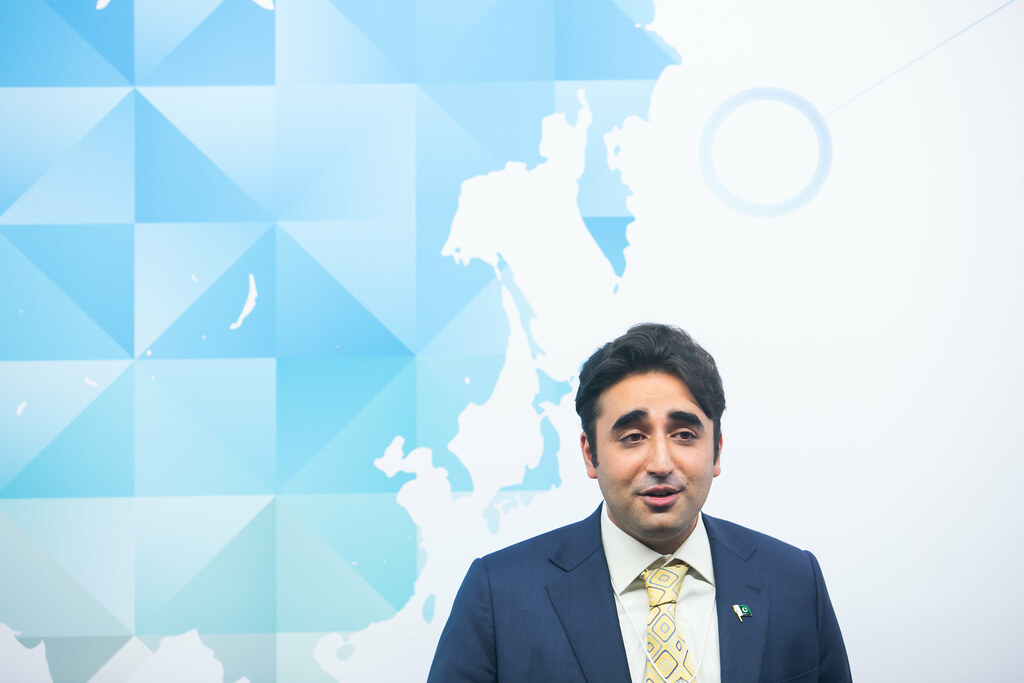
2. Political Strains Sabotaging Progress
Pakistan Peoples Party (PPP) and Pakistan Muslim League-Nawaz (PML-N), coalition partners in Islamabad, are engaged in standoff with what Sindh ministers describe as “highly inadequate” federal allocations. PPP Chairman Bilawal Bhutto-Zardari’s public rebuke of Prime Minister Shehbaz Sharif underscored the political stakes: “This cannot happen that Lahore gets Shehbaz speed and Karachi gets Shehbaz slow.” Such political rifts have real engineering consequences, as budgetary uncertainty disrupts procurement schedules, contractor mobilization, and quality control cycles.

3. Engineering Scope and Technical Components
The main K-IV works consist of a gravity-fed and pumped system of conveyance from Keenjhar Lake to the Kathore area of Karachi, consisting of a 100-kilometer network of bulk water pipeline, a 132-kilovolt transmission line for providing 50 megawatts to the pumping complex, and the KB Feeder Canal lining for the assurance of full quota delivery. Each component demands precise hydraulic modeling, corrosion-resistant materials, and phased commissioning to integrate with Karachi’s existing network. Delays in one segment for example, the power supply can bring the overall system’s operational readiness to a halt.
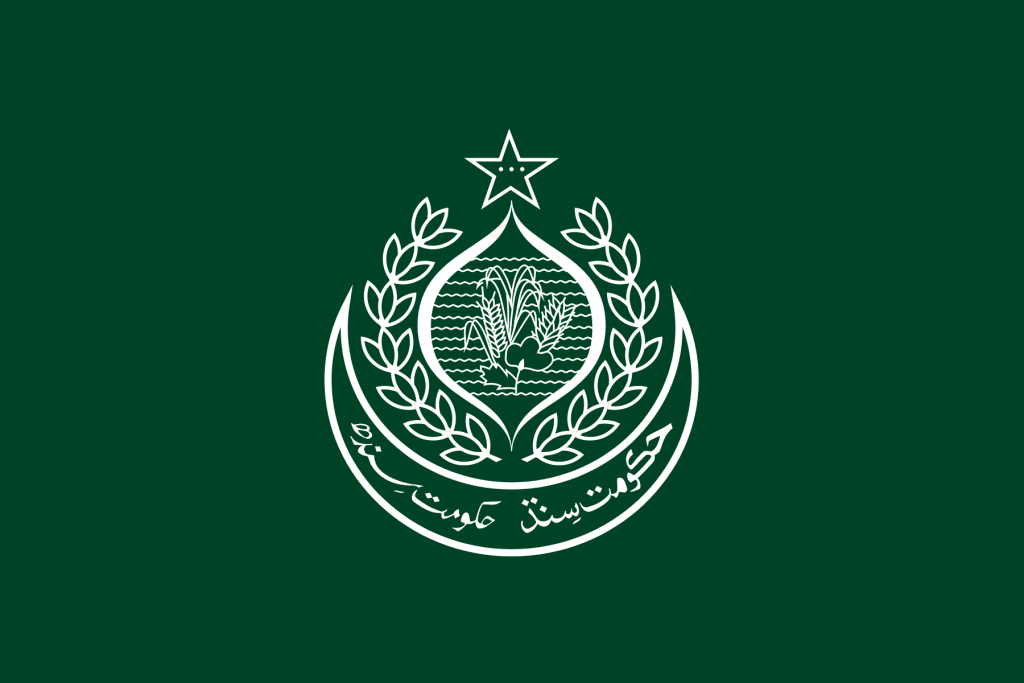
4. The Hub Canal Parallel Initiative
As K-IV is delayed, the Sindh government’s Rs12.76 billion upgrade of the Hub Canal is making good strides. Approved in 2022, it will increase capacity from 80 to 100 MGD with pump replacements, rising main replacement, and filter plant expansion. The fixed-cost nature of the project and provincial funding insulate it against some inflation pressures that have bogged down K-IV. Once ready, water will supply Central, East, and Keamari districts, with future possibilities for Lyari and island townships.
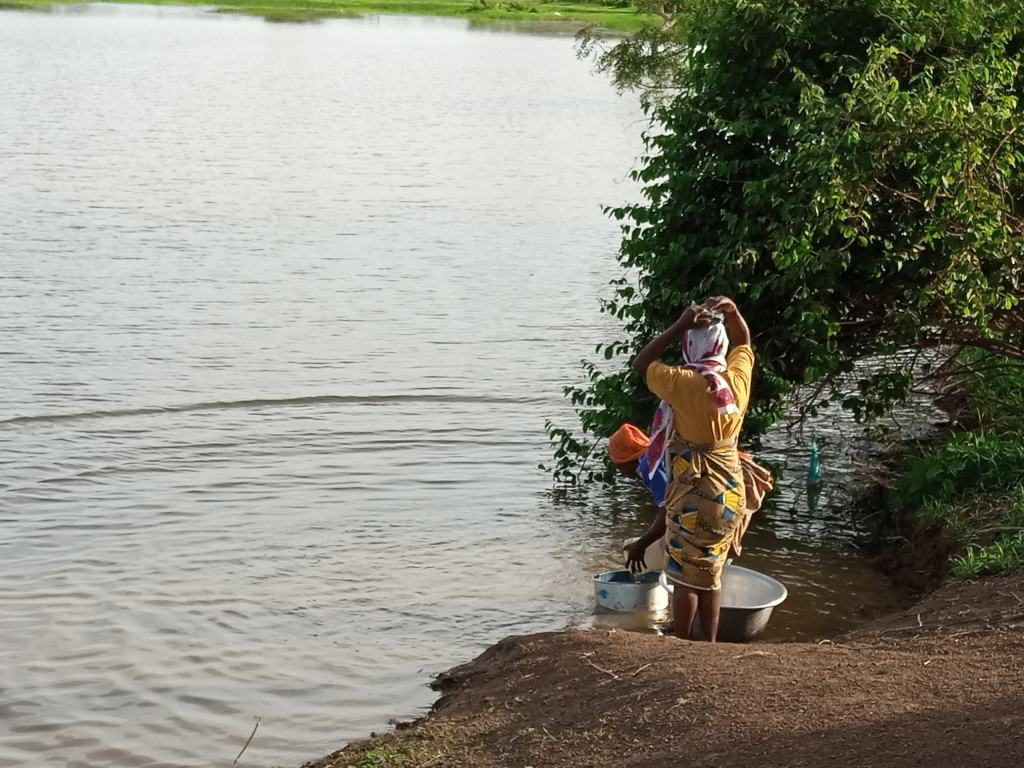
5. Karachi’s Structural Water Deficit
Daily demand in Karachi is put at 1,200 MGD, but present supply from the Indus River and Hub Dam comes to only 650 MGD a deficit of 550 MGD. Even if K-IV Phase 1 were in operation today, it would only fill this deficit, not create surplus. Adding to the crisis, 30 percent of piped water is leaked or stolen, and illegal hydrants siphon off large quantities to tanker operators.

6. Urban Network and Distribution Issues
Karachi Water and Sewerage Corporation’s system is haunted by low-pressure pockets, discontinuous supply, and likelihood of contamination from old pipes. Hydraulic equilibrium is interfered with by unmetered connections and uncontrolled suction pumps. Karachi Water and Sewerage Services Improvement Project (KWSSIP-2), funded by the World Bank, aims to overhaul distribution using new mains, refurbished sewers, and augmented treatment capacity with the aim of delivering safe water to 16 million individuals by 2030.

7. Governance, Corruption, and Integrity of Design
Investigations in K-IV revealed route manipulations and illegal design modifications that incurred extra costs and went against engineering conventions. MS Usmani & Co., who was the initial consultant, were blacklisted for omitting crucial components from PC-I documents. 12 senior officers were referred to in a report of government negligence for serious technical lapses, but nothing has been done. Such violations erode investor confidence and make it even more difficult to engage in public–private partnerships in the water sector in the future.
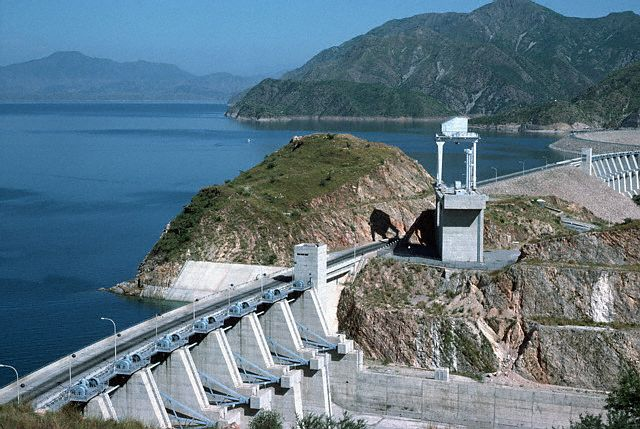
8. Climate and Resource Management Pressures
Dependence of Karachi on the Indus Basin and Hub Dam exposes it to seasonal fluctuation and the effects of climate change. Strengthening monsoons, extended droughts, and Sindh and Punjab upstream irrigation requirements influence allocations. Long-term sustainability will necessitate integrated water resources management, such as desalination, aquifer recharge, and non-revenue water reduction through smart metering and leak detection systems.

9. Socioeconomic and Public Health Implications
Low-income households in cities such as Karachi pay 20 percent of their monthly incomes for tanker water, which is typically poor quality. Poor piped water quality kills approximately 30,000 Karachi residents annually from waterborne diseases. K-IV delay or other augmentation plans perpetuates these inequalities, lowering workforce productivity and public health outcomes.
The K-IV story highlights that in megacity water engineering, technical design is as firm as the governance and financial discipline that underpins it. With no combined federal–provincial coordination, open contracting, and sustained funding, even the most sophisticated hydraulic infrastructure turns out to be another stranded asset in Pakistani cities.
